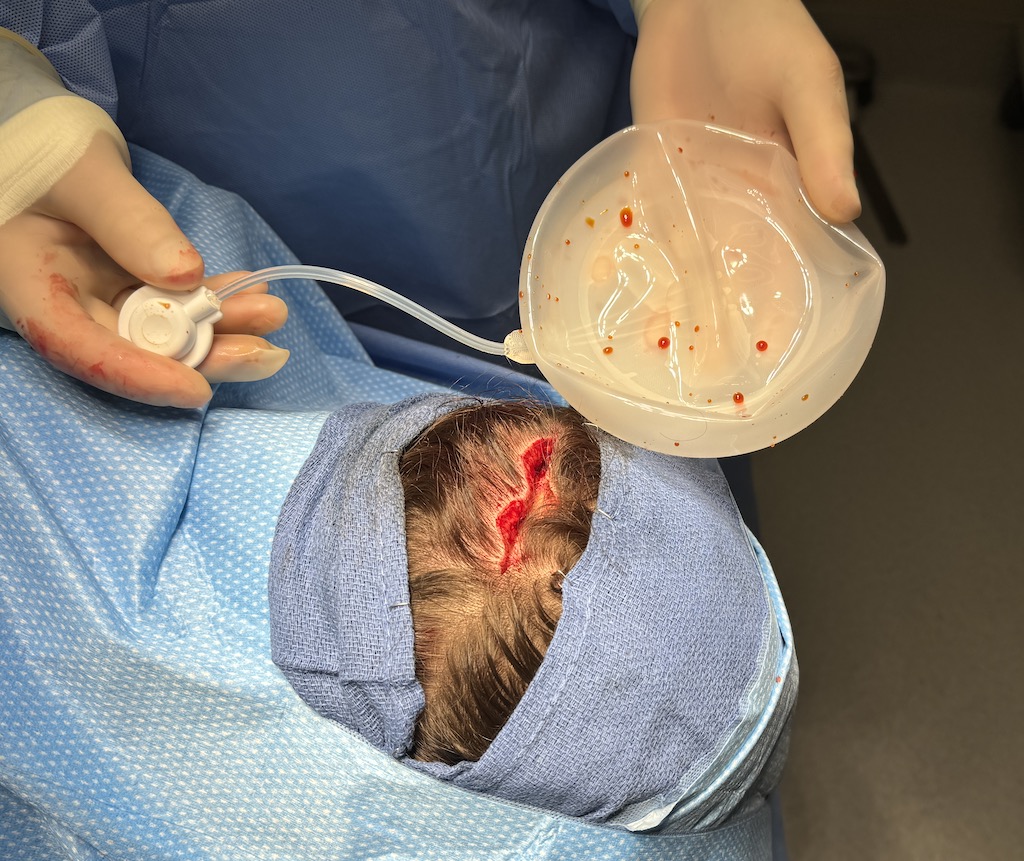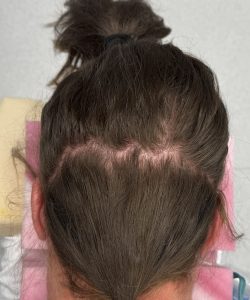Custom skull implants are the definitive treatment for elective aesthetic skull augmentations. Besides the surface area coverage, shape and thickness of the implant the other important consideration is the capacity of the scalp to accommodate it. This is based on how much the scalp can stretch which varies amongst patients based on the thickness of its layers. The initial consideration may seem to be able to competently close the scalp incision over or near it. (prevent postoperative wound dehiscences and implant exposure)
But the more relevant consideration is to not stress the overlying hair in the scalp and prevent shock (temporary) or even permanent hair loss. This is usually of greater relevance in females than men who may have a shaved head or genetic hair loss. But it is also because women usually request greater overall skull implant volumes and often have thinner scalps.
While a good general skull implant volume guideline is to not exceed more than 150ccs of material volume this must be determined on an individual basis. But when it is determined that the implant volume exceeds the scalp’s ability to safely contain it, this is the role of a two stage skull augmentation process. The first stage is the placement of a scalp expander to create adequate space under the scalp followed months later by the placement of the designed skull implant.

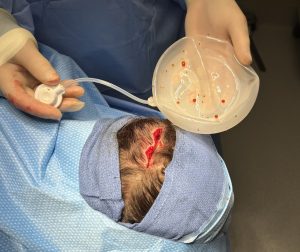
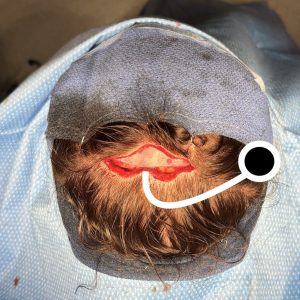
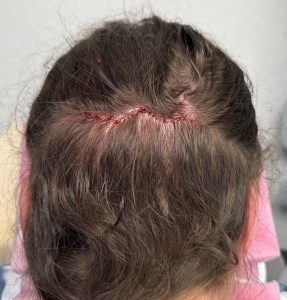
Initial scalp expansion are begun one week later at 10cc every 2 or 3 days. The goal is to achieve an expander volume that is equal to that of the designed skull implant. The time between the tissue expander surgery and its skull implant replacement is based on the time needed to achieve this volumetric expansion.
When the scalp is tight/limited in stretch a scalp expander can overcome this skull implant limitation. Besides being able to make the implant fit it can also protect against the risk of shock hair loss. The unfulled scalp tissue expander has as volume of 26 to 30ccs so it can always fit into a tight scalp.
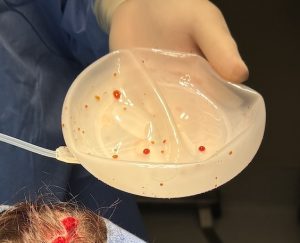
Dr. Barry Eppley
World-Renowned Plastic Surgeon

